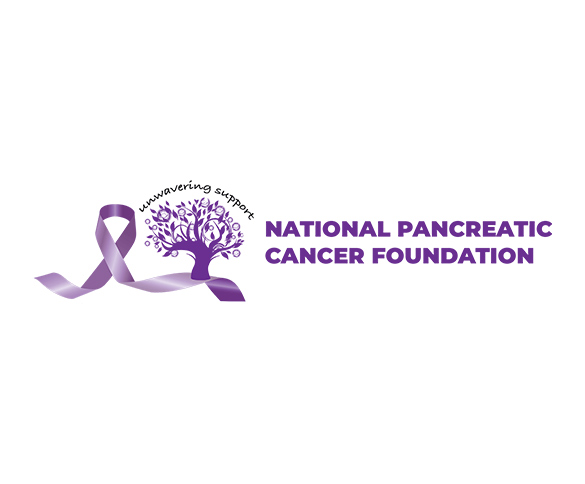- About Pancreatic Cancer
- Get Support
Caregivers
- Get Involved
- Events
- More


The American Cancer Society’s estimates for pancreatic cancer in the United States for 2023 are:
Our mission is to provide unwavering support to families impacted by pancreatic cancer. The NPCF provides advocacy, resource sharing, and access to Integrative Therapies to pancreatic cancer patients in need.

As of right now, there is no formal protocol for pancreatic cancer screening due to the expensive and invasive nature of testing.
Early diagnosis and treatment can significantly improve survivability beyond 5 years. The hardest part is getting the diagnosis.
This guide will help you understand what pancreatic cancer is and how it can appear in other organs.
You will learn about the signs and symptoms and why it’s so difficult to diagnose early.
You will learn about the Risk Factors so you know what you can control and what you can’t in your daily life to minimize your risk.
You will Learn about testing so that if you feel you are at high risk you can more successfully navigate the current healthcare system.